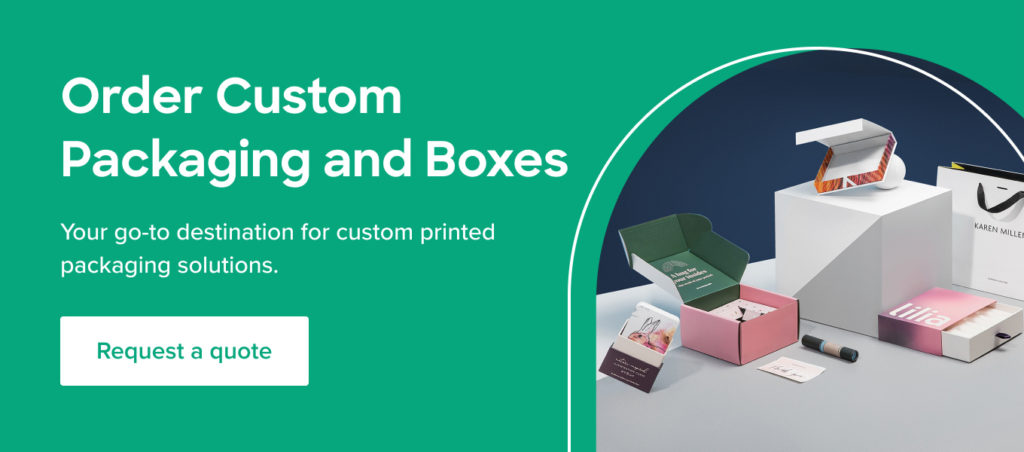Table of Contents
Packaging is an essential component of many industries, including food, beverage, pharmaceuticals, and retail. It serves the crucial function of protecting products during transportation, storage, and display.
The durability of packaging materials are vital to ensure that products arrive at their destination in good condition and retain their freshness. One critical factor that affects packaging quality is the choice of paper grade.
Different paper types have different characteristics that can affect packaging strength, durability, and cost.
Understanding the advantages and disadvantages of each option in the paper industry is crucial for businesses to choose the right type of packaging for their products.
In this article, we will explore four different types of popular of paper grade for packaging: kraft paper, corrugated board, solid bleached sulfate (SBS) paperboard, and coated paper.
We will discuss the advantages of each paper grade, as well as compare their strength, durability, and cost to help businesses make informed decisions when selecting packaging materials.
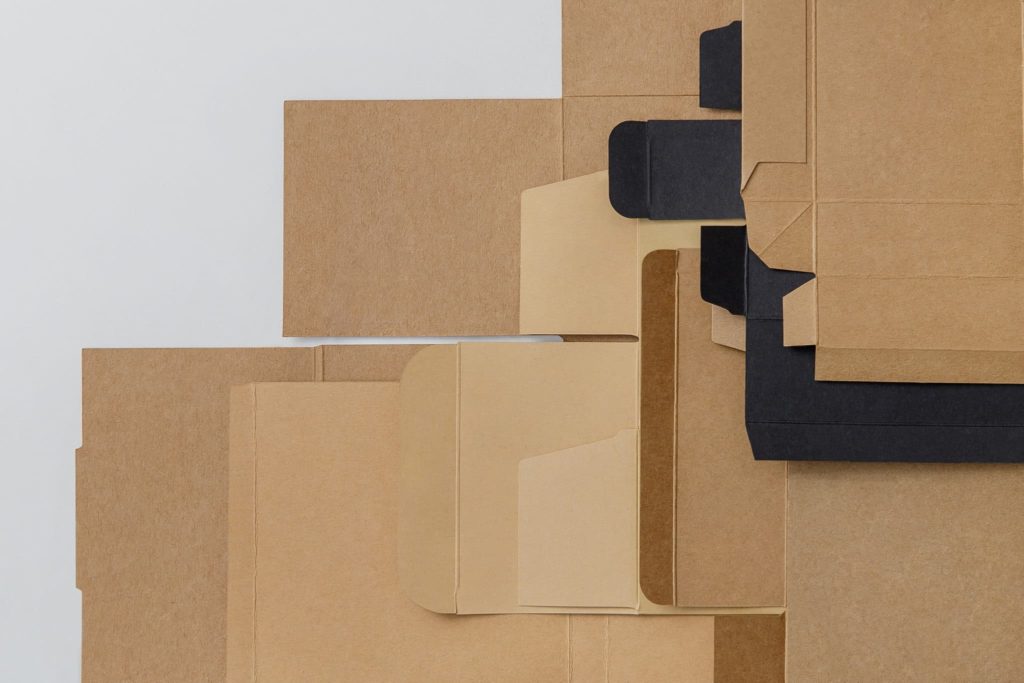
Before we delve into the different types of paper grade for packaging, it’s important to note that choosing the right packaging material can have a significant impact on a company’s environmental footprint.
Sustainable packaging materials like paper can help reduce carbon emissions, waste, and energy consumption compared to plastic or other non-renewable materials.
As such, many companies are increasingly adopting plant-based packaging solutions as part of their sustainability initiatives.
With this in mind, let’s take a closer look at the most popular paper types!
What is Paperboard?
Paperboard is a versatile and durable type of paper-based material commonly used in packaging. It is made by compressing layers of paper pulp fibers together to create a dense and rigid board.
Paperboard can be customized to suit various packaging needs, such as food packaging, cosmetics packaging, and retail packaging, among others.
It comes in different grades, thicknesses, and finishes, ranging from uncoated to coated, and from matte to glossy.
Paperboard is also eco-friendly and recyclable, making it an ideal material for sustainable packaging solutions.
Paperboard vs Cardboard
Paperboard and cardboard are two types of packaging materials commonly used in various industries. While they may appear similar, there are some key differences between the two.
Paperboard is a thick, lightweight, and durable material made of compressed paper fibers. It is commonly used for food packaging, cosmetics, and pharmaceuticals.
Cardboard, on the other hand, is a thicker and stiffer material made of multiple layers of paper and sometimes includes additional materials like plastics. The multiple layers commonly will feature 2 liners boards and one corrugated board,
It is commonly used for shipping boxes, product displays, and other applications that require greater structural strength.
While both paperboard and cardboard offer numerous benefits, businesses need to consider factors such as product weight, shipping distance, and durability when choosing between the two.
Ultimately, the choice of packaging material will depend on the specific needs and requirements of each application.
To further understand the differences between paperboard and cardboard, it’s essential to explore their individual characteristics, strengths, and weaknesses.
Both materials offer unique advantages depending on the intended use and product type. For example, while paperboard is a more eco-friendly option and commonly used for food packaging, cardboard’s superior structural strength makes it a popular choice for shipping and transportation.
Comparing The Four Paper Grades
In this section, we will explore four popular types of paper grade for packaging.
Each type of paper grade offers unique advantages in terms of strength, durability, and cost-effectiveness, making them suitable for different packaging applications.
Understanding the characteristics and benefits of each type of paper grade is crucial for businesses to choose the right packaging material for their products.
Clay Coated News Backboard (CCNB)
Clay Coated News Backboard (CCNB) is a type of paperboard that is made from a blend of recycled newsprint, mixed secondary paper, and old corrugated containers.
Due to its lower tensile strength and lower printing output, it is commonly used for low-cost folding carton packaging for products such as dry food, pet food, laundry detergent, and other non-food items.
However, the main disadvantage of CCNB boxes is their tendency to absorb large amounts of water when exposed to wet conditions.
As a result, they may not be suitable for products that require higher levels of moisture resistance or weight capacity.
Despite this, CCNB remains a cost-effective option and is frequently used by budget cereal brands for cereal boxes.
CCNB is also an eco-friendly choice for businesses looking to reduce their environmental impact.
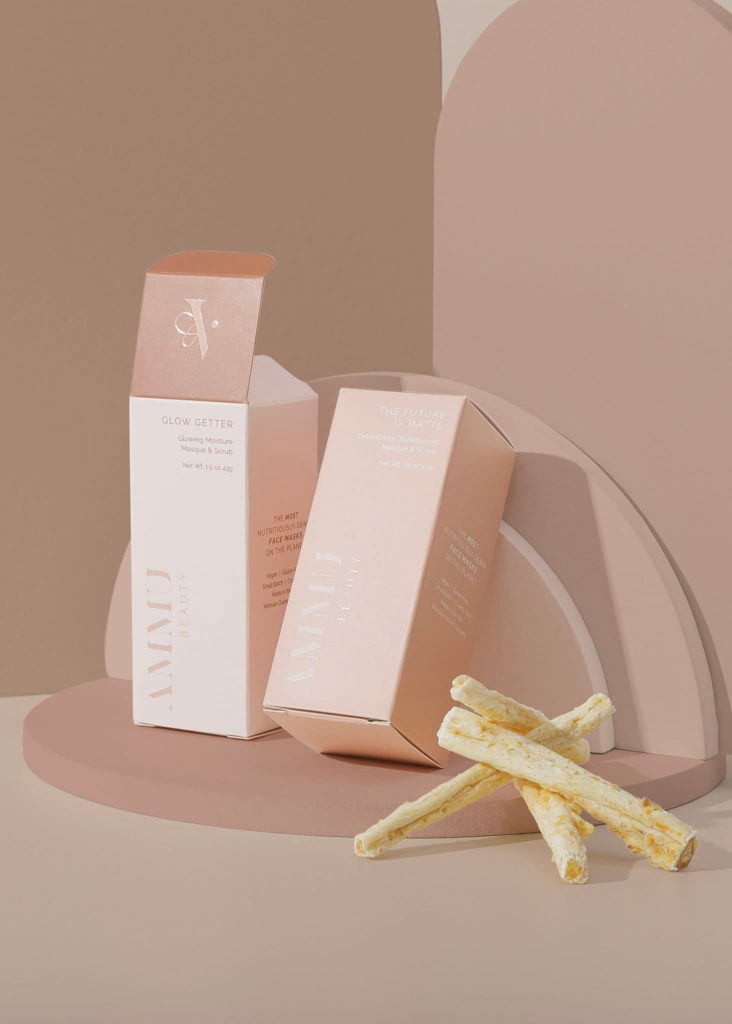
Since it is made from recycled materials, CCNB reduces the need for new virgin paperboard production, which can lead to deforestation and other environmental issues.
Additionally, using recycled materials in CCNB reduces the amount of waste that ends up in landfills, contributing to a more circular economy.
However, it is important to note that while CCNB is a recycled material, the clay coating can make it difficult to recycle.
Some recycling facilities may not have the capability to separate the clay from the paperboard, leading to the contamination of other recycled materials.
Nevertheless, businesses can still make a positive impact on the environment by using CCNB and other recycled paperboard grades, while also exploring alternative sustainable packaging materials and practices.
Solid Bleached Sulfate (SBS)
Solid Bleached Sulfate (SBS) is a high-quality paperboard grade that is widely used in the packaging industry.
According to Statista, 71% of the world’s supply of SBS comes from North America and is used for packaging retail products.
The process of making SBS involves chemically pulping fibers and then bleaching them to achieve a pure white color.
The bleached wood pulp is then refined and formed into boxes.
SBS is considered the finest for product packaging, thanks to its superior strength, durability, and white surfaces on both the inside and outside of the box, making it optimal for printing.
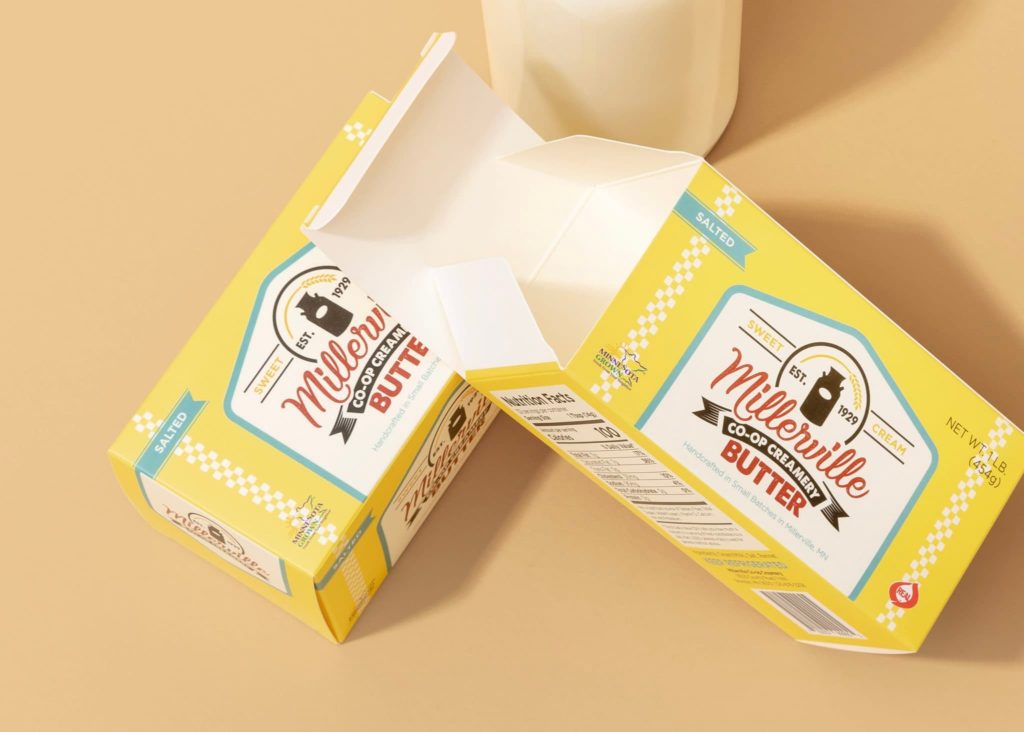
SBS can be coated on one side (C1S) or both sides (C2S), offering businesses flexibility in terms of their packaging design and printing needs.
The quality of SBS also allows for special processes such as embossing and debossing, hot foil stamping, or spot UV printing.
These types of boxes are popular with most industries and are used to package food, cosmetics, pharmaceuticals, confectionery, baked items, tobacco, and more.
SBS boxes are particularly popular for personal care items due to their elegant and high-end appearance.
However, one major disadvantage of SBS is that it is not an eco-friendly option. The production of SBS involves a significant amount of bleaching, which can result in the release of harmful chemicals into the environment.
Additionally, SBS is typically made from virgin fibers, which means that trees are being cut down to produce it. This can contribute to deforestation, which is a major environmental issue.
Another disadvantage of SBS is its relatively high cost compared to other paperboard grades. This can make it less accessible to small businesses or those on a tight budget.
SBS is also not suitable for packaging products that are exposed to moisture or wet conditions, as it has poor water resistance.
Finally, while SBS is a high-quality option for packaging, it may not be the best choice for products that require a very strong, heavy-duty box.
In such cases, other grades like corrugated board may be a better choice.
Folding Box Board (FBB)
Folding Box Board (FBB) is a high-quality paperboard grade that is chemically and mechanically manufactured using multi ply paper pulp materials, making it strong and durable.
The smooth surface of multi ply FBB provides optimal opportunities for high-quality printing using offset technology. Unlike SBS, which is entirely made from chemical pulp, the mechanical pulp composition of FBB provides a stiffer composition.
Both SBS and FBB are produced from virgin fibers and are suitable for all types of product packaging.
These boxes are excellent for packaging foods, cosmetics, and pharmaceuticals and are widely used in India as the primary packaging substrate by businesses.
The durability and stiffness of FBB make it a popular choice for businesses that require packaging that can withstand wear and tear during transportation and storage.
Furthermore, many FBB manufacturers use sustainable forest management practices and offer recycled paper content options, making it an eco-friendly choice for businesses looking to reduce their environmental impact.
While Folding Box Board (FBB) is an excellent choice for product packaging due to its durability and smooth printing surface, it does come with a few disadvantages. Firstly, FBB is more expensive than other paper grades, such as CCNB, due to its high-quality production process and use of virgin fibers.
Additionally, FBB is not as environmentally friendly as other paper grades, such as recycled paper, as it requires the use of virgin fibers.
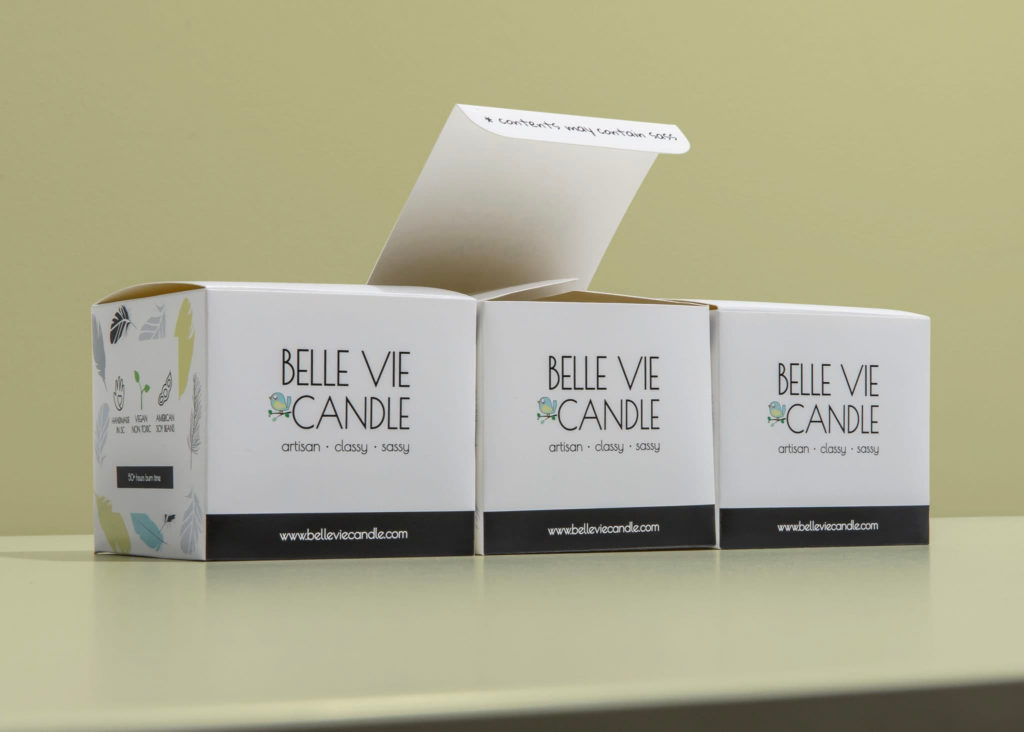
However, FBB manufacturers are beginning to use sustainable forest management practices and offer recycled content options, which can help reduce the environmental impact of this paper grade.
Another disadvantage of FBB is that it can be challenging to recycle due to the multi-layered composition.
While many recycling facilities can handle FBB, it may require more energy to recycle compared to other paper grades, which can impact its overall environmental footprint. Despite these disadvantages, many businesses continue to use FBB for their product packaging due to its strength, durability, and high-quality printing capabilities for custom printed paper.
Natural Kraft (SUS) and Coated Unbleached Kraft (CUK)
Natural Kraft (SUS) and Coated Unbleached Kraft (CUK) are becoming increasingly popular in the packaging industry as eco-friendly paperboard grades that offer a more natural look and feel.
These paperboard grades are manufactured from recyclable materials, such as unbleached wood pulp, which makes them an ideal choice for companies looking for sustainable packaging solutions. The uncoated papers also make this material very convenient to recycle.
One of the key features of these paperboard grades is their natural brown color, which gives a distinct aesthetic appeal.
However, the natural color can be a limitation, as it may not be suitable for products that require more vibrant colors.
Despite this, SUS and CUK offer many advantages that make them the preferred choice for many packaging applications.
SUS is often coated with a naturally occurring clay coating that provides a smooth surface ideal for printing.
This coating also offers some level of water resistance, which makes it an ideal choice for packaging products that may be exposed to moisture.
In contrast, CUK is usually coated with a layer of polyethylene (PE) resin, which offers the paperboard some tear resistance, durability, and water/grease resistance.
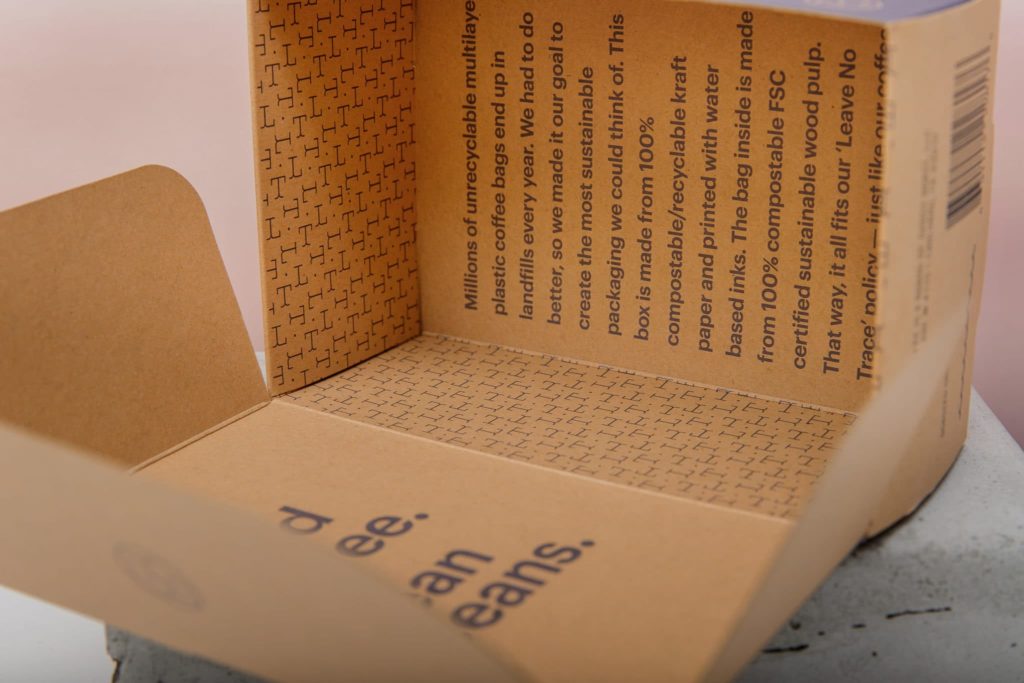
While these paperboard grades offer some level of tear resistance, they are not as strong as other grades such as SBS or FBB.
Additionally, the more natural and textured appearance of these paperboard grades may not be suitable for special processes such as embossing, debossing, or foil stamping.
However, these paperboard grades are still a great choice for companies that require food-safe packaging or those looking to promote a more natural look and feel.
In conclusion, Natural Kraft and Coated Unbleached Kraft are eco-friendly paperboard grades that offer a unique natural aesthetic appeal.
Popular Finishes for Paper Packaging
When it comes to paper packaging, finishes play an important role in creating the desired look and feel of the packaging. Here are some of the popular finishes used in paper packaging:
Matte Finish: Matte finish paper packaging has a non-glossy and soft appearance, providing a sophisticated and premium look. It is often used in luxury packaging, including cosmetics, perfumes, and high-end food products.
Gloss Finish: Gloss finish paper packaging has a shiny and reflective surface, providing a sleek and modern appearance. It is commonly used in advertising, magazine covers, and retail packaging.
Embossed Finish: Embossed finish paper packaging features a raised or recessed texture, creating a three-dimensional effect. It is used to add depth and texture to packaging, making it more eye-catching and memorable.
Foil Stamping: Foil stamping involves applying metallic or colored foil to paper packaging, creating a luxurious and elegant look. It is often used in premium packaging for chocolates, wines, and other high-end products.
Spot UV Coating: Spot UV coating involves applying a high-gloss finish to specific areas of the paper packaging, creating a contrast between the glossy and matte finish. It is used to highlight specific areas of the packaging, such as logos, text, or images.
It Doesn’t End There…
To further understand the ideal paper grade for your packaging, it is important to understand the durability, strength and thickness of the material.
This will help create a suitable box based on the product’s weight and the structural design of the packaging.
Measuring the thickness of the paperboard is by determining the PT/GSM of the material.
Essentially, the higher the GSM/PT Unit, the thicker the material and the more weight it can carry.
Not sure what material best fits your packaging and product?
